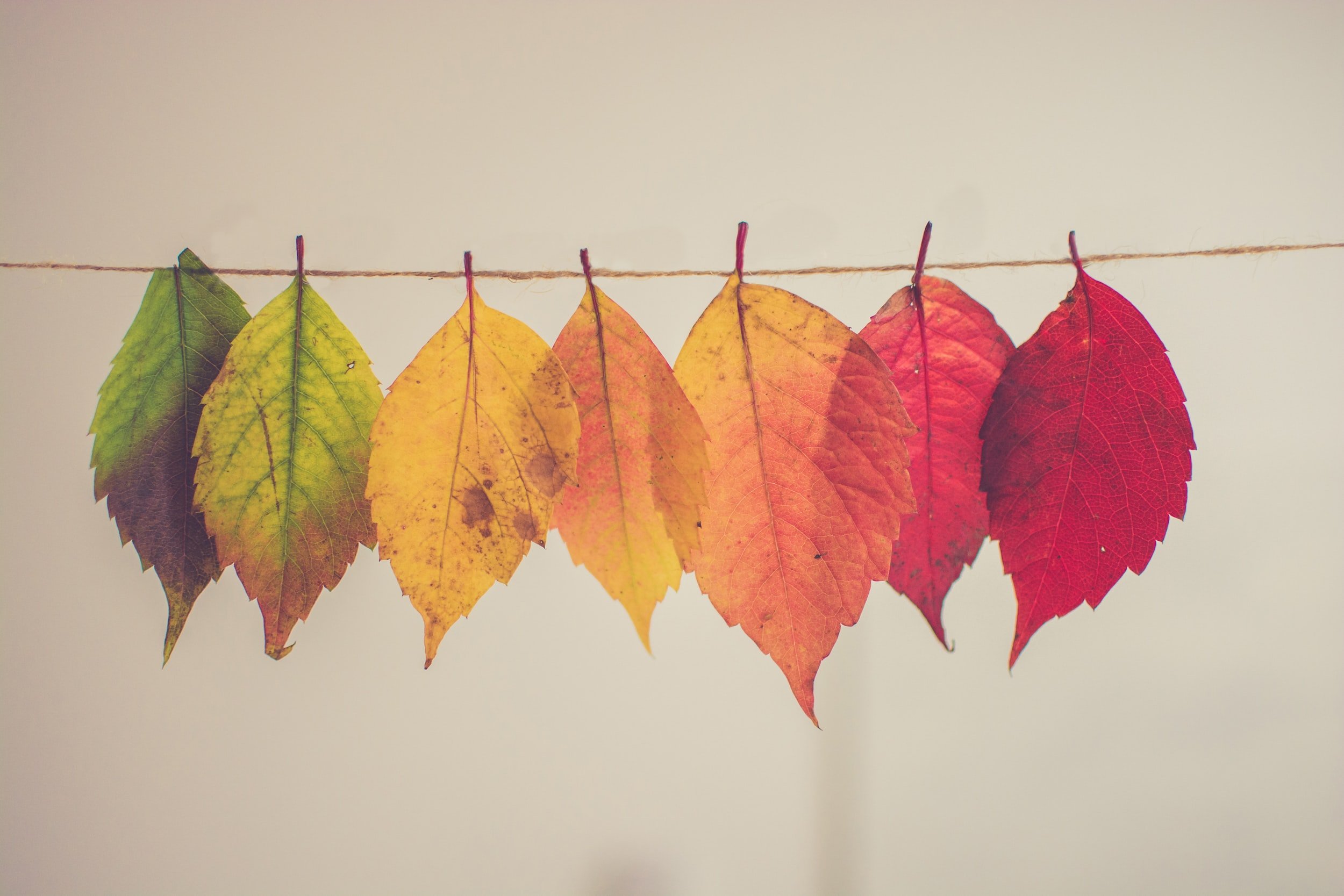Little Piglet Washing Instructions
-
Fitted nappies, inserts, boosters, prefolds all need prepping. They need about 6 – 8 washes before they reach full absorbency. You don’t need to dry the nappies in between washes. Soaking overnight in fresh water can speed up this process. Be sure to pre-wash your nappies (including shells) once in warm water with detergent to get rid of any manufacturing reside before use. Shells (covers and pockets) don’t need prepping.
Synthetic fibres
Microfiber usually reaches their maximum absorbency within 6 washes. You can wash synthetic fibres in cold water.
Natural fibres
Cotton, hemp, and bamboo nappies/inserts/prefolds all need to be washed separately to the rest of your nappy stash in warm to hot* water to get their natural oils out.
AIO Nappies
AIOs should be prepped with cold/warm water, never hot*. You can prep all AIOs together, unless a manufacture has a warning that colours may run, you may want to rinse them first in cold water before washing with the rest.
New nappies can be used after a couple of washes but you will need to change them more frequently. How will you know if they have reached their maximum absorbency? It’s hard to tell, you just have to trust that the nappies will do their job. Frequent changes during the few weeks should do the trick to avoid leakages.
Don’t use hot water, it can damage the PUL layer, snaps, and elastic.
-
Flush Flush solids into the toilet.
Store Give the nappy a quick hand rinse under the laundry tap before storing in a dry nappy bucket. This will minimise staining, cut down on smell and stop potential fabric damage from acidic wee.
Pre-rinse Once you have enough nappies for a wash, run your load through a warm pre-rinse cycle in the machine. This gets rid of any excess urine or soiling before the wash cycle.
Wash Put your nappies through a normal/long wash cycle up to 60°C, with the amount of detergent recommended by the detergent manufacturer for your load size and water level.
Dry Line dry for best results, or tumble dry according to manufacturer’s directions.
Hang nappies sideways or flat to avoid stretching the elastics. Sun is your best friend. It’s a great stain remover and sanitiser. But too much sun can deteriorate elastics and PUL. So my suggestion is to give the nappy enough sun to kill the germs and fade the stains then move them into a shadier spot to dry.
Tumble drier: Inserts and prefolds can be tumbled dried on warm or hot. Shells on the other hand should only be tumbled dried on low, and only when necessary, because tumble drying can damage the PUL layer and the elastics.
-
Never use bleach or soak your products, including in Napisan, as they will compromise the waterproofing, elastic and bamboo in your nappies, can cause rashes and will void your warranty.
Never use fabric softener or vinegar on your nappies. Fabric softener coats the fibres of the fabric, causing them to repel. Vinegar may cause breakdown of the components of your nappy.
When using cloth please avoid using nappy rash treatments that contain: zinc and petroleum (petrolatum/mineral oil) as they form a barrier which can build up on the nappies, reducing its absorbency. If the nappy rash persists it’s important to seek medical advice to find the underlying cause for the rash.
Suggestion: Natural MCN safe barrier/rash treatment options include: corn flour, olive oil, or coconut oil. Nappy free time can also be good for bub.
-
We recommend washing your nappies at least every second day. Washing regularly helps to prevent bacteria from building up, mould from developing and fabric from deteriorating.
If using barrier creams, ensure you use a liner to protect your nappy fabric. Cream can become clogged in your nappy and cause it to repel urine and leak! You can use reusable or disposable liners.
Front loaders use less water than top loaders. If using a front loader; you may need to run your nappies through an extra rinse to ensure they are properly cleaned.
Our laundry detergent recommendations:
Rockin Green Laundry Detergent
Bosistos Laundry Powder or Liquid
Biozet Attack Rapid Laundry Liquid
Earth Choice Laundry Liquid (in the white bottle with blue lid, not the clear bottle).
Type of Water: soft or hard
This will affect how well the detergent will work for you. Hard water reduces the effectiveness of your detergent making it harder for your nappies to get clean. You can find out whether you have soft or hard water by contacting your local council. In general, if you wash your nappies according to the detergent manufacturer’s instructions and the nappies come out still smelly, you may have hard water. Try boosting the amount of detergent you are using, or add a water softening agent, or try a different detergent. On the other hand, if your nappies are coming out soapy you may have used too much detergent. Give that load another rinse to get the excess suds out. Reduce the amount of detergent you use for the next load.
STAINED NAPPIES
Nappies that have staining caused by bodily functions generally will fade over time with help from the sun’s UV rays.
Sorbitol/Panadol Stains: Sometimes babies need to take pain relief like Panadol. Some pain relief medicines contain Sorbitol which can cause the nappies to stain. There is nothing you can do to prevent the staining from happening as Sorbitol is passed through urine. Again sunning the nappy is the best way to get rid of the stain but may take a while to fade.



